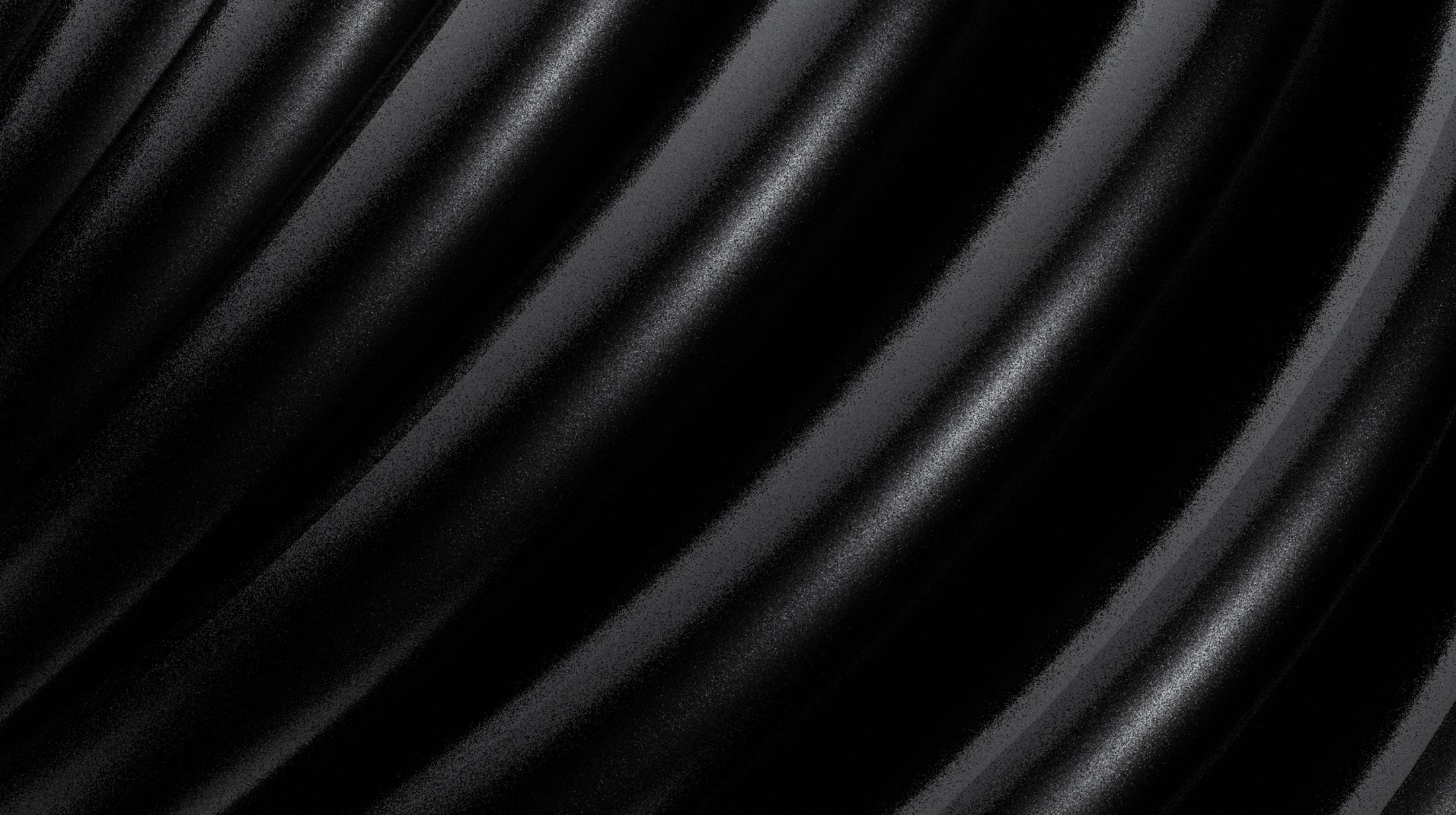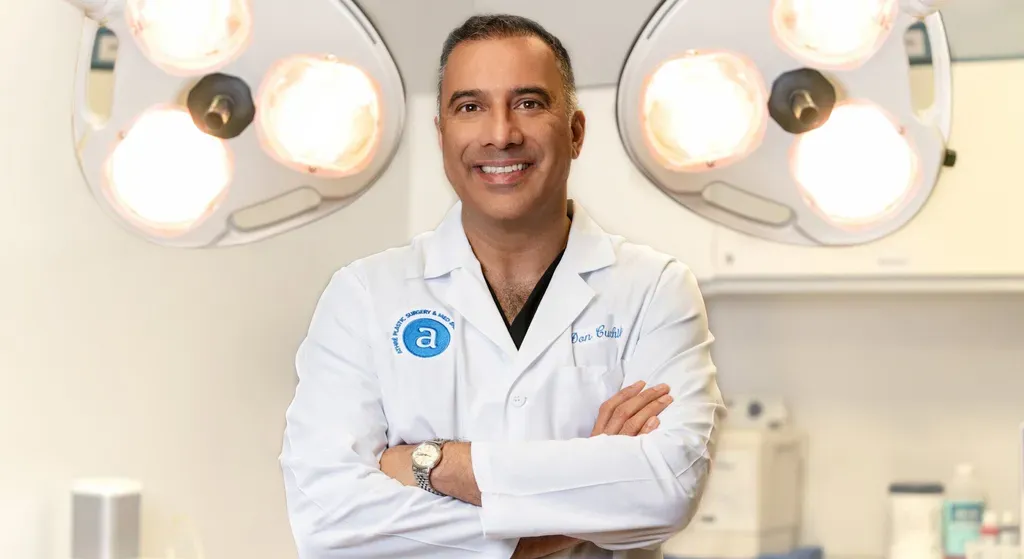
With so many different types of facelifts and buzzwords surrounding facial rejuvenation surgery, it can be difficult to sift through all the information and determine which procedure might be best for you. Further complicating matters, many terms used to describe facelifts, such as “ponytail facelifts,” are simply marketing terms and do not describe the specific techniques involved.
To better understand the types of facelifts available and which one might be right for you, it is essential first to understand facial anatomy.
Anatomical Facial Layers
The face is made up of many layers:
- Skin (dermis and epidermis)
- Subcutaneous fat
- Muscle (SMAS layer)
- Sub SMAS layer muscle
- Glandular layers and facial nerves
- Buccal fat and additional deep facial muscles
The best facelift techniques address the underlying muscle layers, not just superficial skin. So-called skin-only facelifts pull the skin back tightly on the face without addressing the structural components underneath. This not only can result in a “windblown” look, but also it is not very long-lasting, as the skin will naturally droop again without proper support.
For more comprehensive results, consider the following types of facelifts that address the muscle structure beneath the skin.
Deep Plane Facelift
The deep plane facelift addresses all areas of underlying muscle tissue for a maximum amount of lift. This technique places very little to no tension on the skin, while still achieving a very sculpted jawline. Dr. Athré finds it to be one of the best facelift techniques for most patients, providing reliable, natural-looking results that last for many years.
3D Facelift
The 3D facelift is a term used to describe a combination of procedures that address all three areas of facial aging at once: structure, volume, and skin quality. These procedures are customized to fit your specific needs and goals and are not “one-size-fits-all.” Dr. Athré designed his 3D Facelift after 10 years of research to comprehensively address facial aging. By refining the techniques used, the procedure can be performed under local anesthesia, making recovery quicker.
RT Mini Facelift
The RT mini facelift focuses on lifting the neck and lower face areas. It is best for those with signs of aging primarily in these areas, but not yet in the mid-face. It is called a “mini lift” because this technique is not designed to address significant facial aging.
Midface/MACS Lift
As the name suggests, this specialized facelift focuses on the cheeks and midface area. Why would someone want a midface lift? It is typically best for a younger, female patient with mild loss of volume in the cheeks and the start of some wrinkling/creasing running from the corners of the nose to the corners of the mouth (nasolabial folds). This vertical lift will not affect the jawline, neck, or lower face.
If you are considering a facelift but are unsure of which type might be best for you, call our Houston Plastic Surgery office at 281-557-3223 or request a consultation online.



